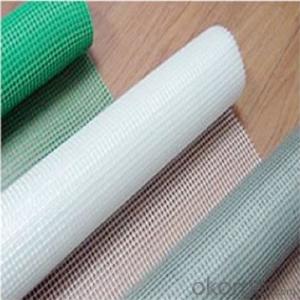Fiberglass has been a revolutionary material in the construction industry, offering a myriad of benefits that have transformed the way we build and design structures. Its versatility, strength, and durability make it a popular choice for various applications, from residential to commercial and industrial projects. In this comprehensive guide, we will explore the world of fiberglass in construction, delving into its properties, applications, and advantages that make it an ideal material for modern construction needs.
The Wonders of Fiberglass
Fiberglass, also known as glass-reinforced plastic (GRP), is a composite material made from fine fibers of glass woven into a fabric, which is then soaked in resin. The result is a strong, lightweight, and corrosion-resistant material that can be easily molded into various shapes and sizes. It’s no wonder that fiberglass has become a favorite among architects, engineers, and builders alike.
Properties of Fiberglass
One of the most striking features of fiberglass is its incredible strength-to-weight ratio. It’s stronger than steel but much lighter, making it perfect for structures that require both strength and minimal weight. Fiberglass is also highly resistant to corrosion, making it an excellent choice for environments with harsh chemicals or exposure to the elements. Additionally, it’s non-conductive, which adds an extra layer of safety in electrical applications.
Versatility in Design
Fiberglass’s versatility is one of its most appealing qualities. It can be molded into complex shapes with intricate details, allowing for creative freedom in design. This has led to the creation of unique and eye-catching structures that push the boundaries of traditional construction methods. Whether it’s a curved roof, a spiral staircase, or a custom-shaped facade, fiberglass can make it happen.
Applications in Construction
Fiberglass has found its way into various construction applications, from roofing and cladding to structural components and decorative elements. It’s used in the creation of lightweight and durable roofing systems that can withstand extreme weather conditions. In cladding, fiberglass provides a low-maintenance and aesthetically pleasing option that can be tailored to fit any architectural style.
Residential Use
In residential construction, fiberglass is often used for its energy efficiency and durability. It’s commonly found in window frames and doors, providing excellent insulation and resistance to wear and tear. Fiberglass also makes an excellent material for decks and patios, offering a low-maintenance and long-lasting solution for outdoor living spaces.
Commercial and Industrial Applications
The commercial and industrial sectors have also embraced fiberglass for its strength and durability. It’s used in the construction of storage tanks, chemical processing equipment, and even in the automotive industry for the production of lightweight and fuel-efficient vehicles.
Sustainability and the Environment
Fiberglass is not just about strength and durability; it’s also a sustainable choice for construction. It’s made from a significant percentage of recycled materials and can be recycled at the end of its life cycle, reducing waste and the environmental impact of construction projects.
Installation and Maintenance
Installing fiberglass in construction projects is relatively straightforward, thanks to its lightweight nature and the availability of specialized tools and techniques. Maintenance is also minimal, as fiberglass requires no painting, staining, or other treatments to preserve its appearance and performance.
The Future of Fiberglass in Construction
As the construction industry continues to evolve and embrace new technologies and materials, fiberglass is poised to play an even more significant role in the future of building and design. Its unique combination of strength, durability, and sustainability makes it an ideal material for the challenges and opportunities that lie ahead.
Conclusion
Fiberglass has truly earned its place in the construction industry, offering a range of benefits that are hard to ignore. From its impressive strength-to-weight ratio to its sustainability and low maintenance requirements, it’s clear that fiberglass is more than just a material—it’s a solution to the complex demands of modern construction. As we continue to explore new ways to build and design, fiberglass will undoubtedly remain at the forefront of innovation and progress in the field.

